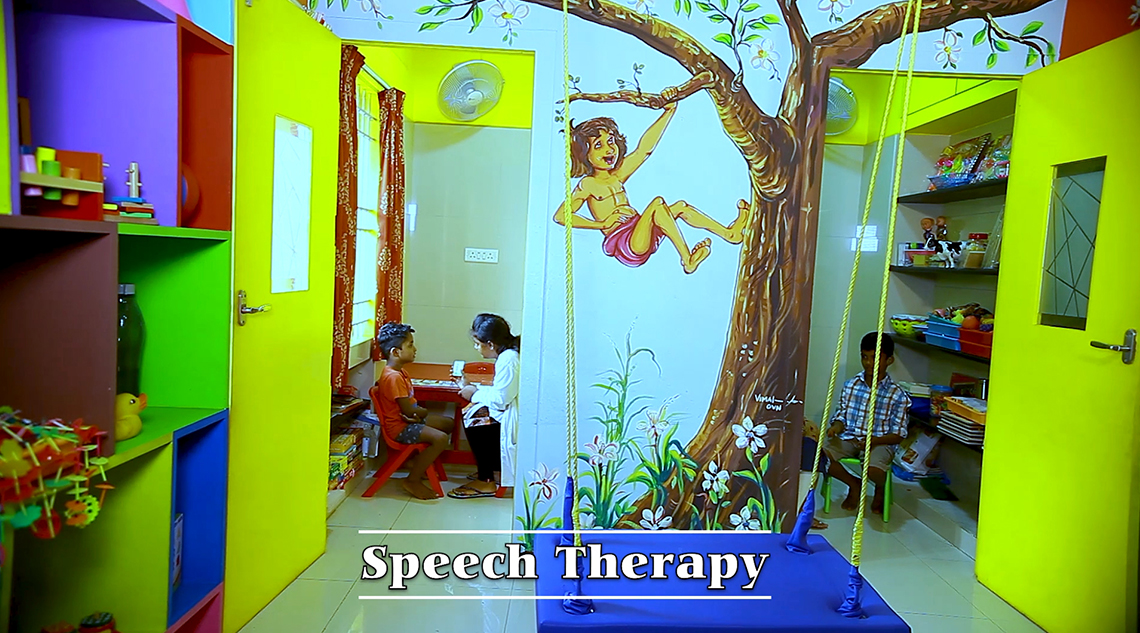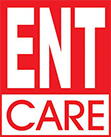Voice therapy
Voice therapy consists of techniques and procedures that target vocal parameters, such as vocal fold closure, pitch, volume, and quality. This therapy is provided by speech-language pathologists and is primarily used to aid in the management of voice disorders, or for altering the overall quality of voice.

Language stimulation
When a person cannot understand what others tell (receptive), then he is said to have a receptive language problem; when not able to tell (express out what he wants to say/ express) is called expressive language problem. A problem in a person who is unable to produce speech sounds correctly or fluently, or has problems with his or her voice is called a speech disorder.
How to use language for different purposes, like
- Greeting (e.g., Namasthae,good morning, hello, goodbye)
- Informing (e.g., I'm going to sleep)
- Demanding (e.g., Give me my toy car)
- Promising (e.g., I will get you a chocolate)
- Requesting (e.g., give me a chocolate, please)
How to change language according to the needs of a listener or situation, like
- Talking differently to a baby (baby talk) than to an adult
- Telling background information to an unfamiliar person
- Speaking differently in a classroom than on a playground
Following rules for conversations and storytelling, such as
- Taking turns in conversation
- Introducing topics of conversation
- Staying on topic
- Rephrasing when misunderstood
- How to use verbal and nonverbal signals
- How close to stand to someone when speaking
- How to use facial expressions and eye contact
Such a child/person will have –limited variability in conversation; disorganized story telling skills; tell inappropriate words/ things during conversation. This can cause considerable hardship to the child as other children may avoid talking to this child with a pragmatic disorder resulting in lower social acceptance as in disorders like autism.
Speech training
Speech is the verbal means of communication. This has three components- voice, articulation and fluency. Use of vocal cords with a controlled breathing pattern produces sound called voice. Problems in voice may be due to many reasons like infections of throat, misuse/overuse of voice resulting in hoarseness of voice or it can be loss of voice as in stroke, paralysis of vocal cord of one side. The way we make different speech sounds using our tongue, lips, nose or throat is called as the process of articulation. Any problems in this like cleft palate, problems in tongue/lip movement or even overcrowding of teeth can result in articulation disorders in addition to disorders of cerebellum which results in dysarthria(difficulty in speaking as if drunk). The rate and rhythm in which we speak constitute the fluency. Difficulties in this may result in stammering/stuttering.
Dysphagia therapy
Dysphagia is difficulty in swallowing. It may be a sensation that suggests difficulty in the passage of solids or liquids from the mouth to the stomach, a lack of pharyngeal sensation or various other inadequacies of the swallowing mechanism. Dysphagia is distinguished from other symptoms including odynophagia, which is defined as painful swallowing, and globus, which is the sensation of a lump in the throat. A person can have dysphagia without odynophagia (dysfunction without pain), odynophagia without dysphagia (pain without dysfunction) or both together. A psychogenic dysphagia is known as phagophobia. There are many ways to treat dysphagia, such as swallowing therapy, dietary changes, feeding tubes, certain medications, and surgery.

